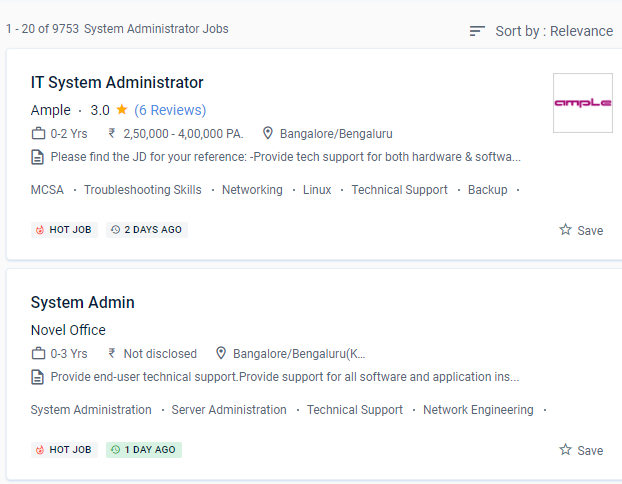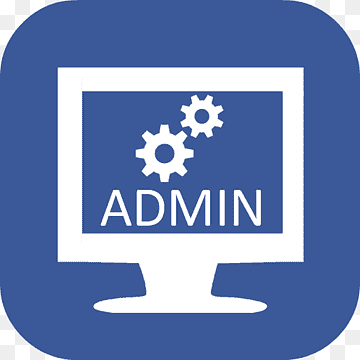System Administration Training by Experts
Our Training Process

System Administration - Syllabus, Fees & Duration
MODULE 1
- System administration introduction, policies, overview, UNIX history and basis
MODULE 2
- File systems and disks
MODULE 3
- Software installation concepts
MODULE 4
- Multi users basics, politics, policies and ethics
MODULE 5
- Automating administrative tasks
MODULE 6
- Networking
MODULE 7
- Backup and disaster recovery
MODULE 8
- DNS
MODULE 9
- SMTP, HTTP
MODULE 10
- Configuration management
MODULE 11
- Distributed computing
MODULE 12
- SNMP, monitoring
MODULE 13
- System security
This syllabus is not final and can be customized as per needs/updates





 This course will teach you about the infrastructure services that keep all businesses, big and small, running smoothly. Students who pursue a diploma in this field have a fantastic opportunity to expand their expertise.
To digitally connect clusters of computers, they create local area networks (LANs) and wide-area networks (WANs). Information technology (IT) experts execute the work of systems administration for a company.
When signals halt, system administrators alter cables to repair the transmission media.
They are IT-savvy and can troubleshoot any technical issues that are causing the system to malfunction. These experts may go on to become technology and IT managers in the future. Network architects have frequently experienced administrators who build data transmission systems from the ground up.
For secure, high-speed Internet access, they connect routers, modems, and firewalls. Some people excel at determining the company's technology needs as information systems managers.
This course will teach you about the infrastructure services that keep all businesses, big and small, running smoothly. Students who pursue a diploma in this field have a fantastic opportunity to expand their expertise.
To digitally connect clusters of computers, they create local area networks (LANs) and wide-area networks (WANs). Information technology (IT) experts execute the work of systems administration for a company.
When signals halt, system administrators alter cables to repair the transmission media.
They are IT-savvy and can troubleshoot any technical issues that are causing the system to malfunction. These experts may go on to become technology and IT managers in the future. Network architects have frequently experienced administrators who build data transmission systems from the ground up.
For secure, high-speed Internet access, they connect routers, modems, and firewalls. Some people excel at determining the company's technology needs as information systems managers.



















































































